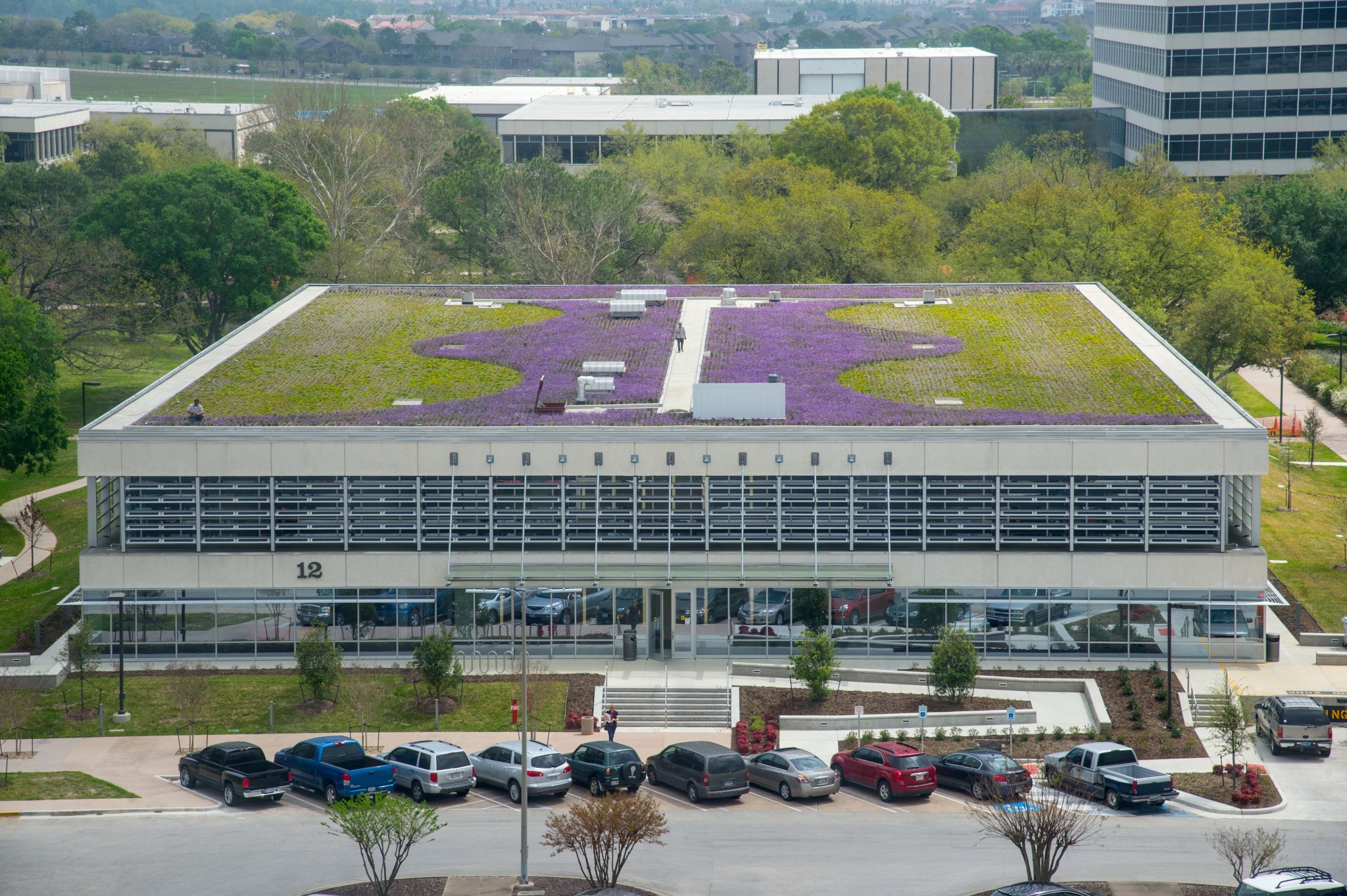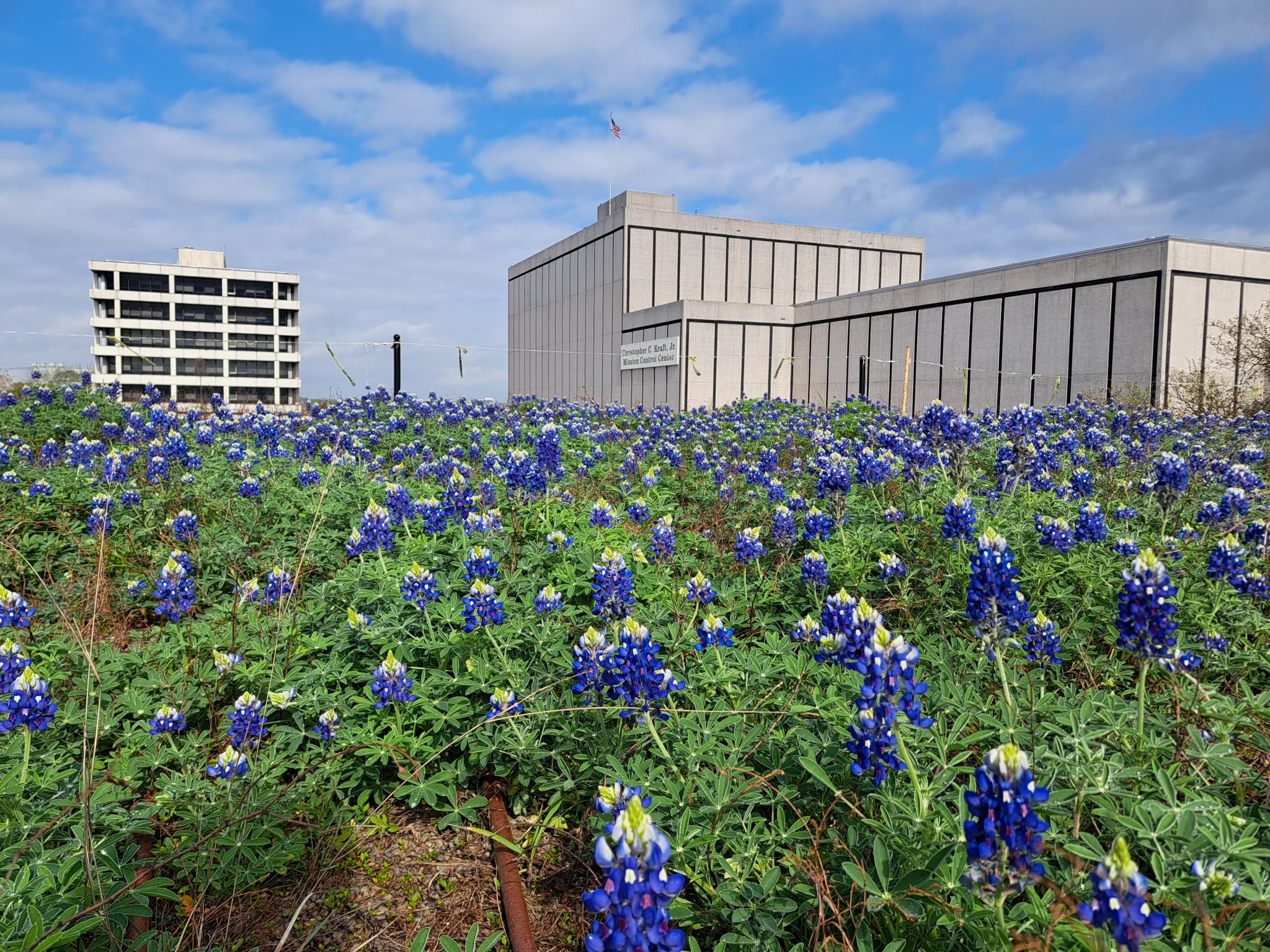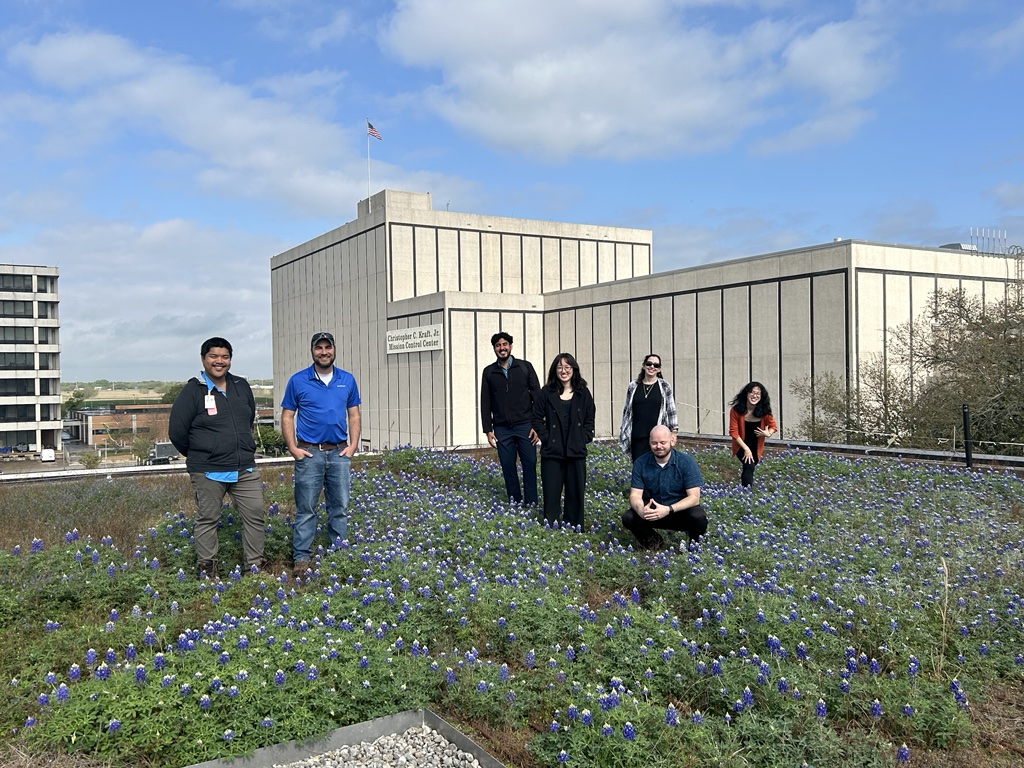Sky High Sustainability: NASA Johnson’s Pocket Prairie Flourishes Atop Building 12
Buzzing with bees, baby birds, and wildflowers, the rooftop garden atop building 12 at Johnson Space Center in Houston reflects NASA’s commitment to environmental stewardship. Originally constructed in 1963, the facility was transformed in 2012, incorporating energy-efficient features that earned it LEED Gold certification. The certification is a globally recognized symbol of sustainability achievement and […]

Buzzing with bees, baby birds, and wildflowers, the rooftop garden atop building 12 at Johnson Space Center in Houston reflects NASA’s commitment to environmental stewardship. Originally constructed in 1963, the facility was transformed in 2012, incorporating energy-efficient features that earned it LEED Gold certification. The certification is a globally recognized symbol of sustainability achievement and leadership. Today, the building serves as a testament to NASA’s commitment to ecological innovation.
Nestled between the Mission Control Center and building 16, this hidden gem is part of a series of pioneering efforts at Johnson to demonstrate how even the most unexpected locations can become vibrant ecosystems.
Initiated by Joel Walker, director of Center Operations, and designed alongside NASA engineers, the rooftop garden exemplifies green architecture with integrated solar panels, an underfloor air distribution system, and wind turbines.
“It was something of an experiment to see what worked well and what we might use in future projects,” said Walker.
The Center Operations team leads sustainability efforts at Johnson, working across multiple directorates and teams. Together, they manage Johnson’s 1,600 acres, which host a diverse array of plants and wildlife.
Building 12’s green roof provides benefits such as reduced potable water and energy usage, better stormwater management, protection from UV rays, and increased stability in high winds. This unique space provides an ideal environment for nesting birds and visiting pollinators and boasts a projected lifespan of 50 years, significantly longer than the 20 to 25 years typical of a conventional roof.
“I was genuinely surprised by the variety of native species thriving in our rooftop garden,” said Johnson’s wildlife biologist Strausser. “We’ve observed far more species than we ever anticipated, which is both fascinating and encouraging for our conservation efforts.”
Initially, the project started with non-native ornamental plants that failed in the harsh Houston climate. Replanting the garden yielded mixed results until the team hand-scattered a blend of native grass seed and wildflowers. This method proved to be a successful, at a fraction of the cost estimated for professional planting.
“Sometimes the easiest way is the best!” said Walker. “It looks great now and is much more durable too.”








































